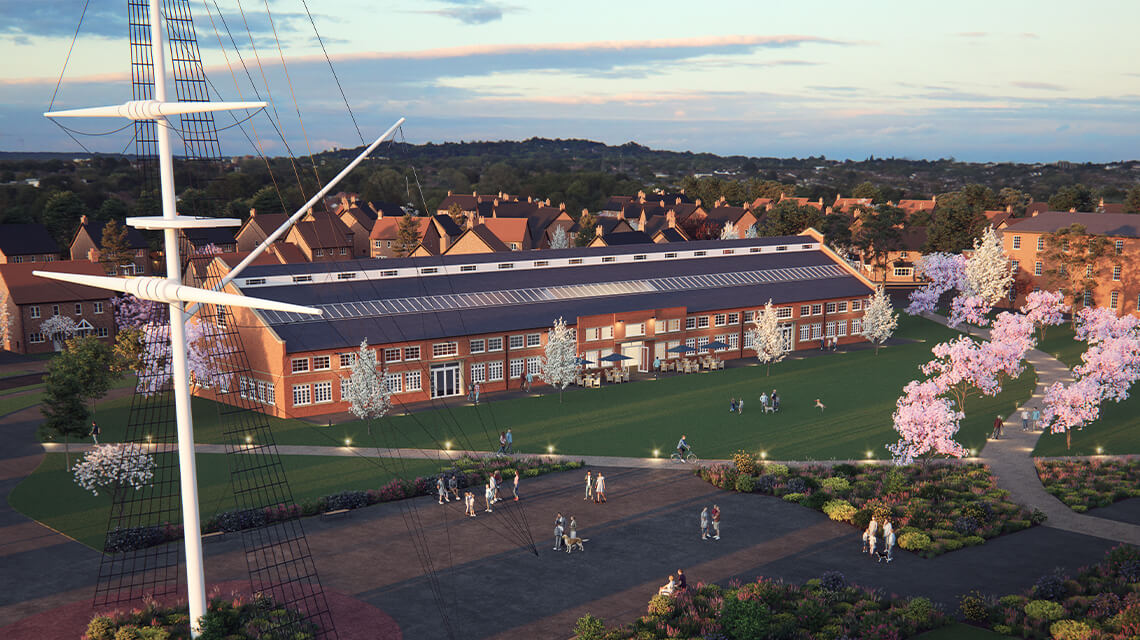Mortgage rates have hit historic lows since the property market came out of the lockdown deep freeze. And agile buy-to-let landlords are seizing the moment.
Despite jittery market sentiment, investment opportunities are out there. The pandemic has quelled competition from owner-occupier buyers and pushed up demand for rental property.
Record cheap finance is a compelling reason to enter or re-enter the market if you have faith in the UK rental sector.
Two-year fixed rates now average 2.09pc, and five-year fixed rates 2.35pc.
Remortgages kept lenders and brokers in business during the early phase of the lockdown, with many applications coming from savvy landlords keen to release equity for a war chest.
Before lockdown, there were 5,222 mortgage products available. That number dropped to 2,566 in May but by the day, deals are getting closer to prelockdown levels.
According to leading broker John Charcol, "we should see a return to normal mortgage business within a month or so".
With one caveat. Mortgages of more than 90pc LTV (loan to value) will take longer to be reintroduced. While hurting cash-strapped first-time buyers, this is nothing new for buy-to-let landlords used to a regime of 25pc minimum deposits.
What is the outlook for rents?
This is two-pronged: the immediate impact on yields, and the longer-term picture.
Richard Donnell, Zoopla's head of research, says rental demand has bounced back strongly. "I was expecting it to be skewed by price or region, but it is a broad-based rebound."
While this may be partly due to the temporary closure of the sales market, in the Covid age more people are turning to the rental sector for its flexibility.
Without making a big capital commitment, they can live in a property and a location that better suits their lifestyle.
Rental yields across the UK average 3.5pc, but this disguises big regional variations. In some north-of-England towns where property values are lower and rents buoyant due to, say, student demand, 10pc yields are possible. Lower London yields have to be seen in the context of far greater gains from rising house prices over the lifetime of a landlord's ownership.
Obviously the performance of the wider economy will have a crucial bearing on rental returns. It was ever thus.
Historic data show that as earnings fall, so does rental growth.
Here, London, with its large, dynamic and resilient economy, is likely to fare better than elsewhere.
Middle and high income workers have been less affected by the virus crisis and are unlikely to see their salaries change too much. Moreover, underlying demand for rented housing is strong due to demographic shifts - such as a higher proportion of young singles working in the capital.
Birmingham is another hotspot. The West Midlands city is already undergoing its biggest transformation since the 1960s, with huge regeneration and inward investment, boosted by corporate and Whitehall relocations and the prospect of HS2, which will slash journey times between the city and London to 45 minutes. Birmingham will host the 2022 Commonwealth Games and is also tipped to be a big beneficiary of the government's infrastructure and investment focus on so-called "red wall" cities.
For now, the average property price is quite a bit less than half that of London - a tantalising differential for landlord buyers. Timber Yard, Galliard's smart new development close to New Street train station, has apartments priced from £202,500. The scheme has certainly chimed with investors. More than 70pc of the 379 flats have been snapped up off-plan, prior to completion at the end of 2021.
If an economic reckoning comes, the market is likely to favour landlords with properties in locations with a diverse mix of employment sectors as this reduces the risk of voids.
There's also likely to be more of a focus on micro locations: districts popular with public sector key workers rather than "dormitory towns" that rely on an industry sector under pressure. For example, right now would you want to be investing in Crawley, traditionally a hub for Gatwick and aviation employees?
Buoyed by more government support, new-build homes could well drive the residential property market as post-coronavirus life unfolds - as long as downvaluing by over-cautious lenders does not take hold.
Off-plan purchasing suits forward-thinking (virus sensitive) buyers, allowing them to strike a deal now with just a 10pc downpayment and prosper on completion, when the outlook is sunnier.
Many veteran property investors, especially cash-rich ones, say they have always done better coming out of a crisis than at any other time in the cycle.
Landlords in it for the long-term, and most are, could well look back on this moment as a buying opportunity.







